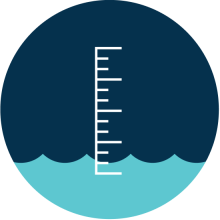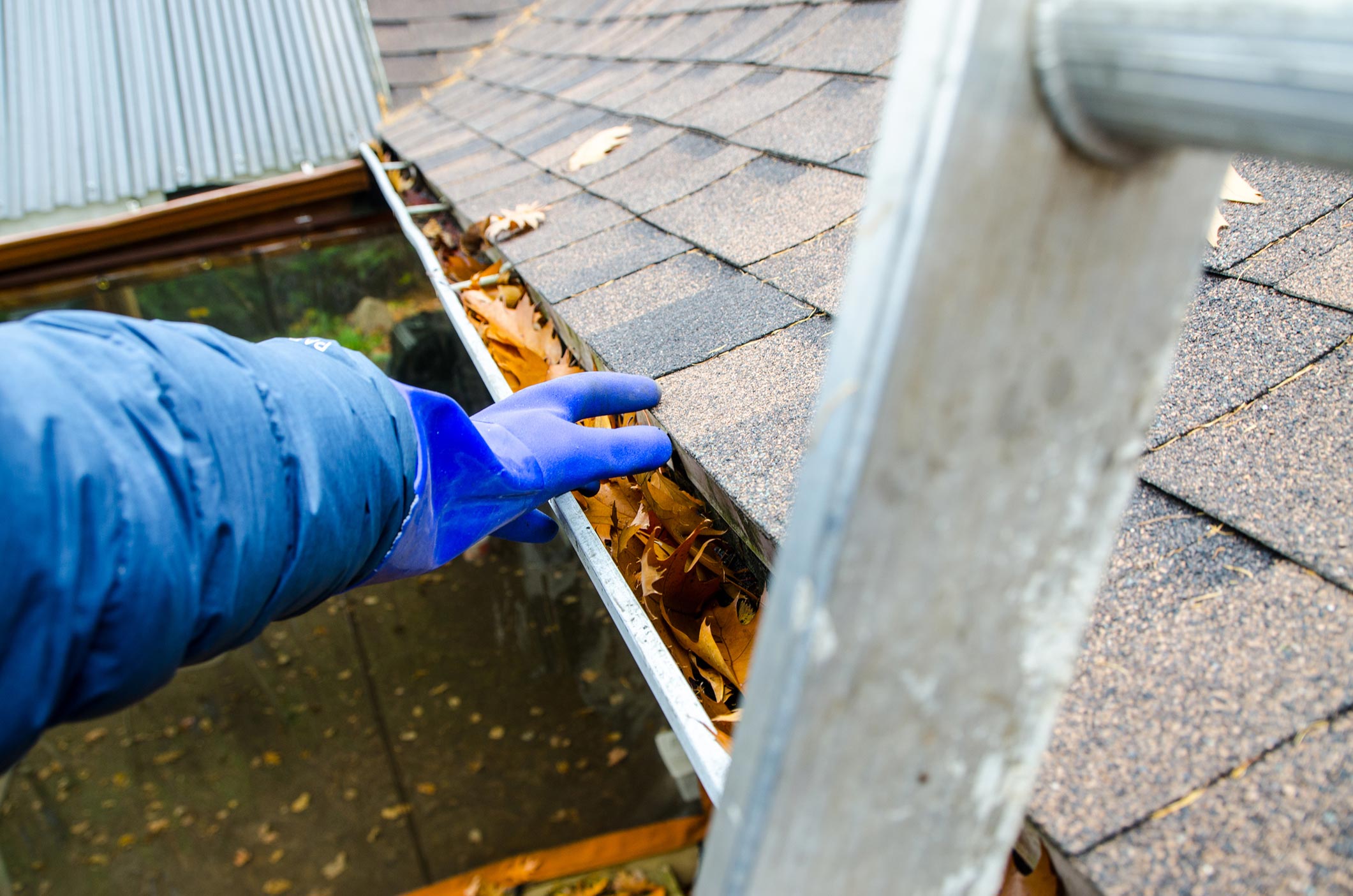Home Flood Insurance is Important
Floods are one of the most expensive and destructive disasters.
Did you know that just 1 inch of water in your home can cause an average of $25,000 in damage?*
That’s why it’s so important for homeowners and prospective homebuyers to understand their flood risk and options to protect their property.
*According to the Federal Emergency Management Agency (FEMA)
Special Flood Hazard Areas (SFHAs) are high-risk flood zones, which are identified by FEMA. If your home is in an SFHA, and your loan is backed by a federal entity — like Fannie Mae — you’re required to have flood insurance. However, floods can happen anywhere, even outside of SFHAs. So, even if your home isn’t in an SFHA, or your home loan isn’t federally backed, it is a good idea to consider flood insurance to protect your home and property.
Since homeowners insurance doesn’t include flood insurance, you can purchase a separate policy through the National Flood Insurance Program or a private carrier for coverage and peace of mind.
A comprehensive flood policy can help protect your finances and pay for repairs as you assess the damage done.
Where to start
These steps can help you understand the flood risk for homes in your area:

Start your research with FEMA’s flood zone maps, and look up your address to confirm if you live in a flood zone.
2. Understand your risk
Once you’ve looked up your flood zone, reference the below chart to help you understand your home’s risk.
| Map color & shading | Zone | Flood risk level |
|---|---|---|
| Blue | Zone A or V | High |
| Orange | Zone X | Medium to low |
| Striped gray and black | Zone X | Future conditions of high risk |
| Striped orange and gray | Zone X | Reduce risk due to levee |
| Striped yellow and gray | Zone D | Reduced risk due to levee but remaining risk is uncertain |
| No shading | Zone X | Low risk |
If your flood zone begins with the letters A or V on FEMA’s flood maps, your home is considered at high risk for flooding. According to FEMA, homes in zones A or V have a 25% chance of at least 1 flood event in the next 30 years.
The letter X stands for moderate- to low-risk flood areas that are less likely to be flooded than zones A or V. However, it’s important to remember that flooding can happen anywhere, and even low risk flood areas are at risk of flooding.
Did you know?
One in three insurance claims come from moderate- to low-risk flood areas.







